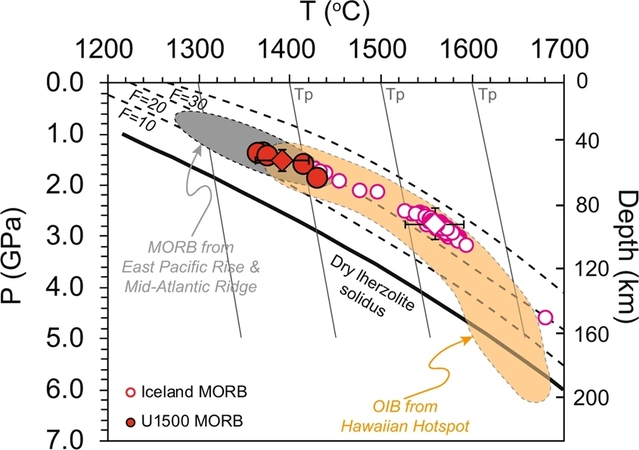State Key Laboratory of Marine Geology, Tongji University, Shanghai, 200092, China
Abstract:
The mantle plume process is thought to be the prevailing dynamic mechanism for the South China Sea opening, but controversy persists due to the lack of critical evidence of magma in the initial seafloor spreading. International Ocean Discovery Program (IODP) Expedition 367 successfully recovered at Site U1500 the mid-ocean ridge basalt (MORB) representing the magma activity of the initial spreading of the South China Sea during the earliest Oligocene. Here we present the whole-rock and olivine phenocryst geochemistry of the basalts to constrain the potential influence of the Hainan mantle plume on the evolution of the South China Sea. Major and trace elemental compositions indicate that the basalts were mainly influenced by fractional crystallization of olivine and formed by melting of a spinel peridotite source without any pyroxenite in mantle source. The calculated mantle potential temperature of those most primitive basalts is much lower than plume-related MORB of Iceland, but similar to normal MORB elsewhere. Both lithological composition and mantle potential temperature clearly contradict with the mantle plume model, signifying that the mantle plume didn’t exist at the earliest Oligocene. Therefore, the initial spreading of the South China Sea should be caused by non-plume processes, most likely by the westward subduction of the Pacific Plate.
Full article:https://www.nature.com/articles/s41598-020-65174-y



